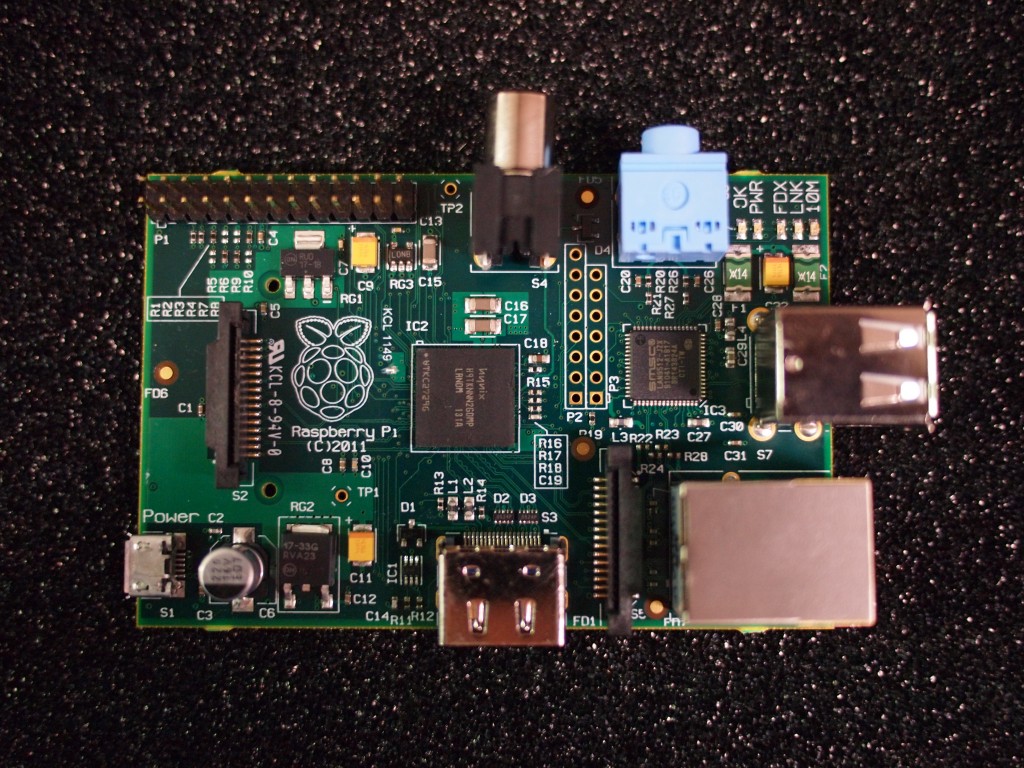Those are really neat!! I will have to get one of those to add to my collection of things that I can't program!
You could make a daughter board for it with dacs and buffers and all of the stuff you need for it, then write a bunch of software or you could just buy one of these.
http://ether-dream.com/
Not as cheap but he isn't making 25000 of them, the price will come down with volume. These are already built to do laser specifically. They have a 100mhz 32bit ARM, dacs, safety interlock,SD, Ethernet.
More importantally, firmware that is working and an interface through ethernet to a robust and getting better, pc laser software, LSX. The hardware is the easy part. The tool chainn is free, the code is open source.
I am all for reinventing the wheel, but that processor and the linux overhead are way overkill for streaming points to galvos, in my opinion.
anyway, neat little board!
chad




 Reply With Quote
Reply With Quote



